The 21′ Gokstad faering I built in 1987 wasn’t a boat I could bring myself to paint or slather with boat soup that would turn black with age. The straight-grained, knot-free Douglas fir I used for the planks and sculpted stems deserved to be seen, so I varnished the whole boat inside and out. That may not have been the wisest choice for a boat built to row up the Inside Passage from Washington to Alaska, but I managed to get it through the 1,000-mile trip with only two scratches.The boat was only hauled ashore once or twice, so it was almost always afloat, day and night for eight weeks, long enough for a few barnacles to start growing below the waterline. To keep the varnish intact I had to be very careful with my anchoring, especially in waters where the tides could fall up to 20′ between the highs and lows. I didn’t want to wake up, as John Hartmann did in his Deer Isle adventure, to something going bump in the night and gouging the brightwork bottom.Many of the coves along the northern British Columbia coast and the Alaskan panhandle were narrow, rocky, and steep-sided, so anchoring or dragging the boat ashore were out of the question. That’s when one of the variations on the Pythagorean mooring system that Hartmann describes, came in handy.
Join The Conversation
We welcome your comments about this article. If you’d like to include a photo or a video with your comment, please email the file or link.

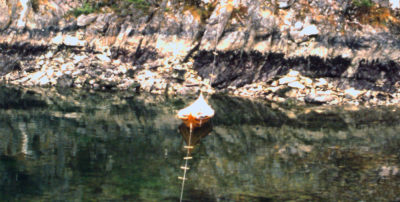
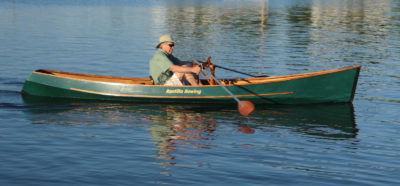
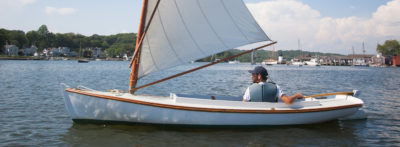
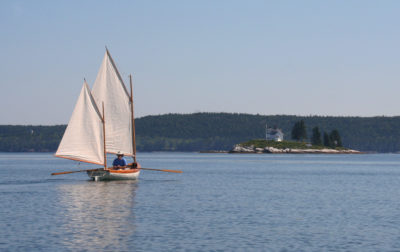
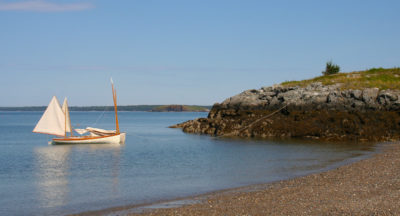

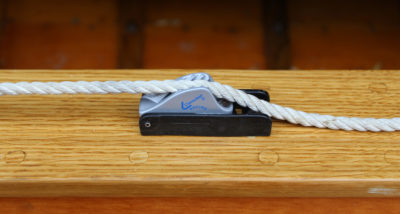
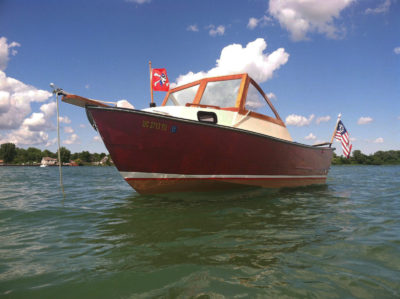
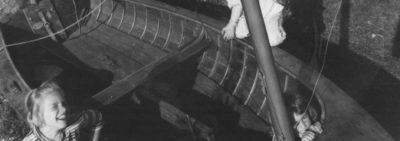
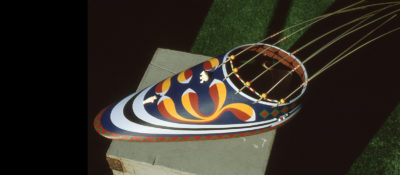
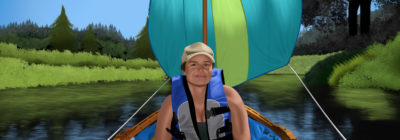
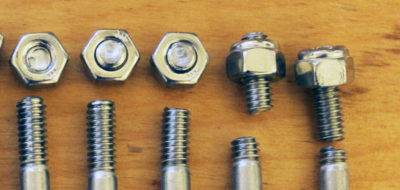
I would like to hear the rest of the story of your trip.